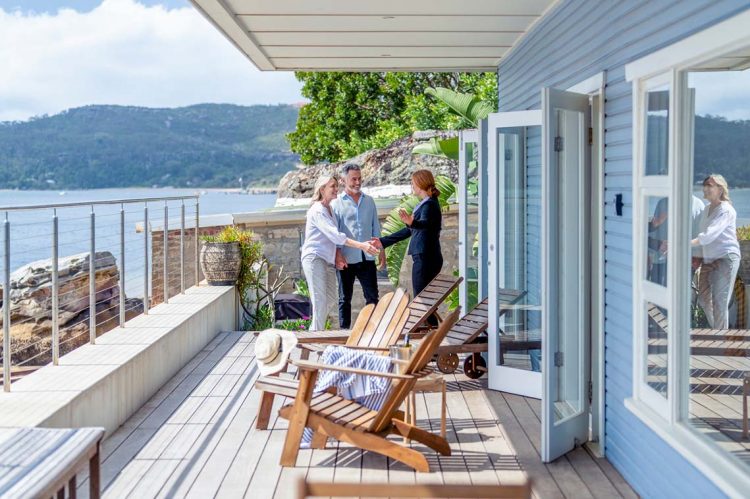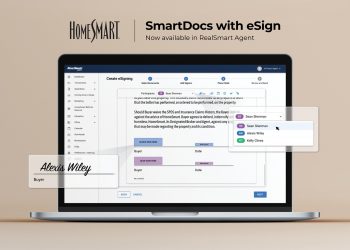Vacation properties, or secondary homes, make up a small percentage of the overall real estate market but remain a valuable source of income for real estate agents who list them. Though they are a small number, secondary properties are usually the same median price as primary residences, and prices are growing along with increasing demand.
In fact, secondary homes are outperforming total existing-home sales, rising by 57.2% year-over-year, more than twice the 20% growth in total existing-home sales. If you operate in an area where clients might be interested in lakefront, beachfront or mountainside properties, read the tips below to help manage these sales.
Look forward to a competitive market
With traditionally fewer sales and less supply than average residential properties, this niche market is expected to continue to remain aggressive for agents, brokers and clients alike. If you’re interested in specializing in secondary properties, you’ll need to adjust your marketing strategy, making it unique to the wants and needs of vacation homebuyers and sellers.
Clientele in this market might be slightly different than what you may be used to in terms of residential real estate, so make sure you review your sales pitch, marketing materials and entire language around vacation homes to appeal to the needs of this market segment. You can even update your messaging and bring your brand to life through a resource like HomeSmart’s Marketing Design Center, a one-stop shop for customizing your marketing materials on the go.
Know your region
Certain parts of the country survive on secondary home interest, be it beachside getaways or ranch-style land grabs in the flyover region. From San Francisco to Los Angeles, New York City to Oklahoma City, depending on where you operate can be the deciding factor for secondary homebuyers. But even if your city isn’t known for its secondary housing, you can still help your clients out by knowing where the hottest markets are for vacation properties. Many of your clients in these cities might be looking for a second or vacation home in a hotter market nearby.
Stay engaged with your clients
A major risk related to secondary properties is clients not committing to purchasing a property. Since vacation homes and secondary houses, in general, are just that, secondary, clients usually have buyer’s remorse before they even purchase the property. This may be due to someone jumping before they look and not understanding what comes with a secondary home purchase, typically including a larger than a standard 20% down payment.
Additionally, secondary home value appreciation typically underperforms for most of the country. Agents need to make sure they are open with their clients and communicative about everything they should expect, including how much money it will cost upfront and over time.
While this is a fast-rising marketplace filled with opportunities for everyone from broker to buyer, seller to agent, it’s important to understand the details that come with it. Staying informed, delivering that information and tailoring your communication to speak to clients uniquely will help keep everything transparent in a niche whose demand is expected to continue increasing into the future.
As the designated broker of HomeSmart in Palm Desert, California, Mike Jeppson oversees the daily operations and manages over 500 agents. A high-touch broker known for his extensive market knowledge, Jeppson aims to produce positive results and impact all of those he comes in contact with.












